GlobalEd Connectivity in the Kindergarten Classroom
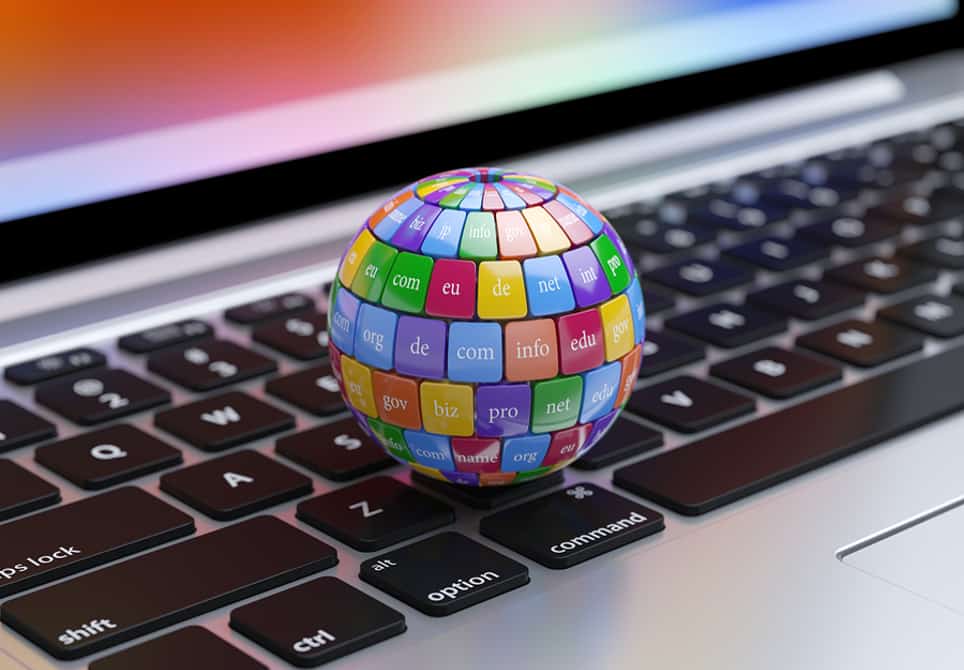
By Sharon E. Davison
Connectivity offers a richness when creating a culture for learning. I began blogging in 2008, and am amazed at how broad and enriched my perspective is now due to my own exploration of online audiences and connectivity.
Social media and blogging platforms gave me invitations to connect with people throughout the world, who continually inspire me with their ideas, encouragement and support as I pursue new experiences, ideas and share my “edvoice” more than ever.
Last year, I had a great experience alongside my kindergarten students and their families just by using social media. My students and I found many ways to make connections with others far away who are learning similar things and chat about the ideas we’re exploring.
It really gave my students (as well as their parents and I) opportunities to share their voices globally. This is important in kindergarten as connectivity isn’t just about the technology, but also learning about how, when we open up our classrooms to the world, we are able to widen our perspectives and gain inspiration from others. Connectivity gave my students endless opportunities to have global conversations around what we are learning and how.
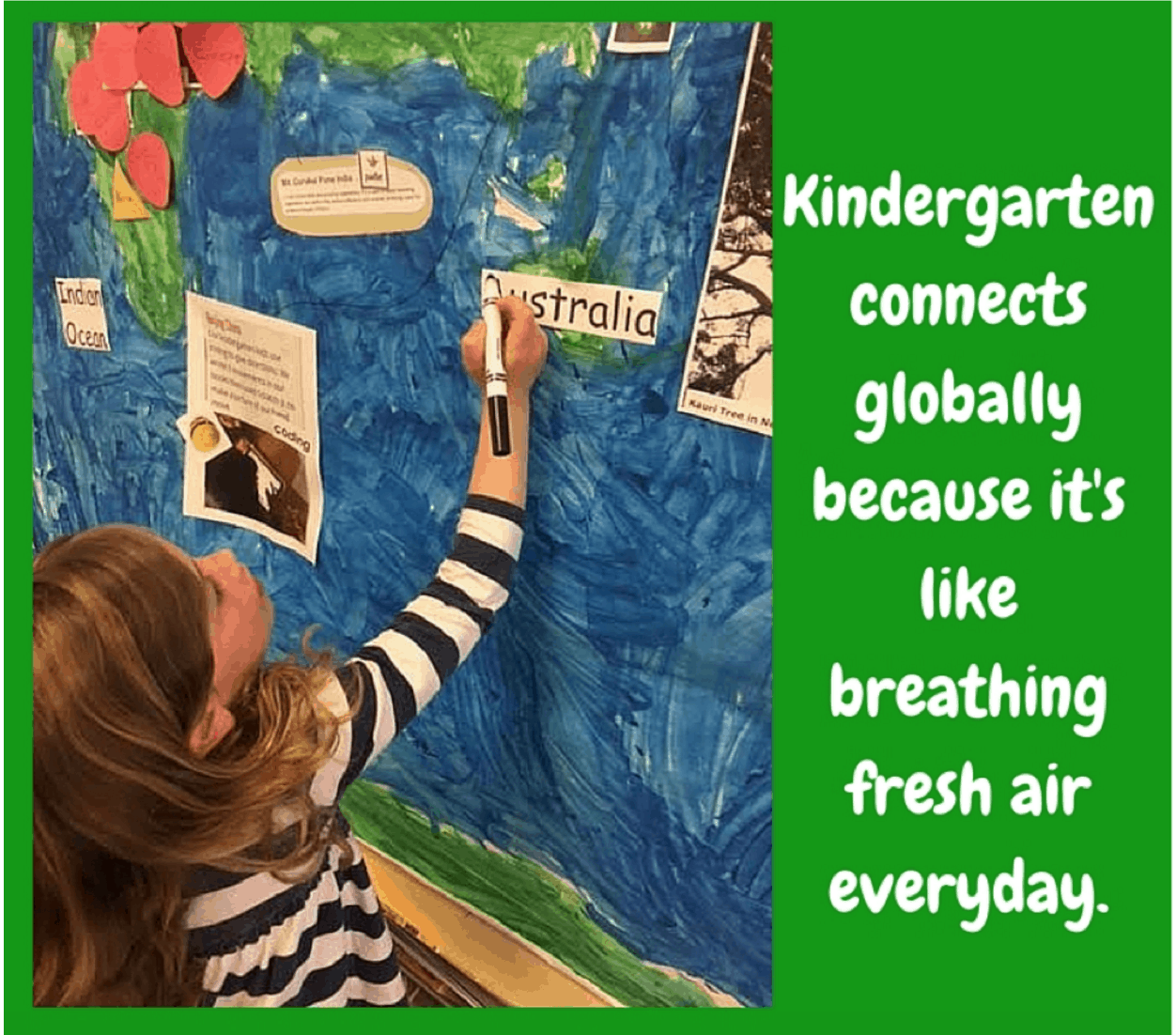 Making A Connection
Making A Connection
Interested in implementing connectivity in your classroom? Here are four ways I would recommend for helping students understand and make global connections.
1. Twitter: Twitter is a great synchronous and asynchronous tool because it offers you, your students and their families the ability to read conversations and connections that you’re having throughout the day in regards to things that you’re learning. If we are exploring trees or a mathematical ideas, we can take a picture and share what we noticed. This way, others who are following us can ask us questions and comment on what they notice.
Twitter is on every day. I always begin each morning asking my students, ”What do you want to share with the world today?” As a class we look at our feed and check to see if we have any notifications so my students are able to see who is “talking” to us and what they have to say. Then as a class we can comment and I model how to have a conversation with others who we can’t see face-to-face.
2. Google Hangouts: A Google Hangout is great for face-to-face conversations with people using a webcam. Here is another opportunity to model online conversation etiquette for students, but this time using a synchronous tool. I always start with familiar people to join a Hangout, and through our collaborative practice my kindergarten students begin to experience what it means to have conversations online.
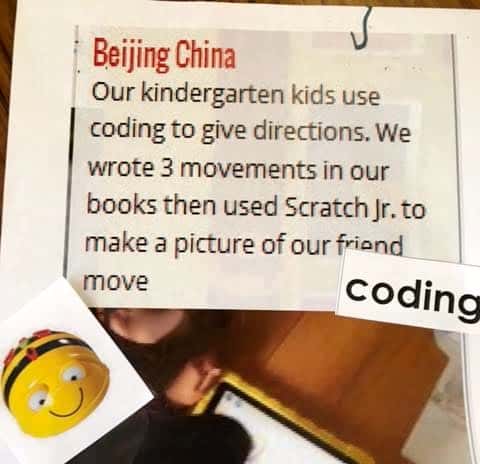 3. Padlet: By creating a Padlet with a question from you and your students, you’ll receive responses from around the world from others who have ideas to share. Using this app for an assignment on waste management as we explored Next Generation Science Standards (NGSS), our class was able to connect with people on four different continents.
3. Padlet: By creating a Padlet with a question from you and your students, you’ll receive responses from around the world from others who have ideas to share. Using this app for an assignment on waste management as we explored Next Generation Science Standards (NGSS), our class was able to connect with people on four different continents.
Here is the padlet we created, using Twitter, Facebook, email, LinkedIn and Google+ as our information platforms. We learned so much about recycling, reusing and reducing waste. My students were very engaged and excited to hear from others globally who were also trying to find ways to keep our planet healthy.
Here we created another padlet about coding (also pictured right) because we were curious who else was learning to code and why, and we received an answering post from a kindergarten class in Beijing, China! Immediately my students were interested–they wanted to locate the country on a map and had many questions.
4. World Map. Not everything about this experience has to be technology-based. On the first day of kindergarten, my students paint the world. I have a map on the wall outlining the continents, and we paint in blue for the oceans and green for the continents. This map then becomes part of our learning culture and we interact with it daily. Whenever we Tweet, Skype, blog, use Google Hangouts and/or Padlet, I take a screenshot of who we are connecting with and post it on our map. This way my students begin to develop an early global awareness.
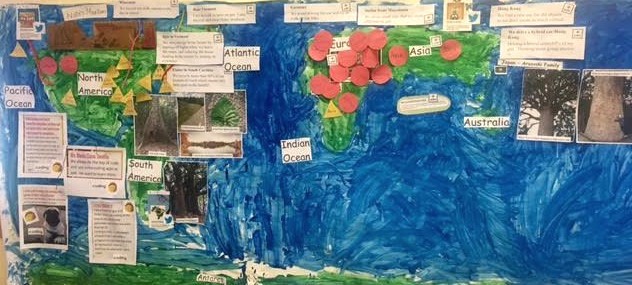
Connectivity means many things, but obviously the main way I think about connectivity is how it can offer my students and I opportunities for global conversations. These conversations are important as we are able to engage in dialogue with people around the world about what matters, which in turn also teaches my students how to be good global citizens.
As an educator always interested in learning new things, I invite you to share in the comments below or tag me on Twitter if you have other tools you use for connectivity that you recommend for young children.
For more, see:
- Taking Global Education Beyond the Classroom
- How to Prepare Globally Competent Students
- Three Paradoxes Confronting the Global Educator
Sharon E. Davison is a kindergarten teacher in Vermont. Follow her class on their Twitter adventures: @vermontkkids123.
Stay in-the-know with all things EdTech and innovations in learning by signing up to receive the weekly Smart Update.


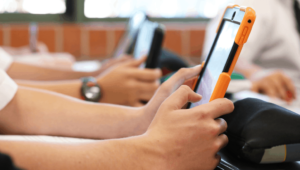
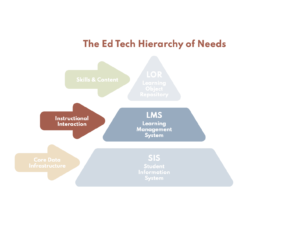
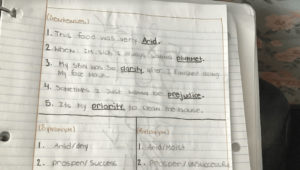
0 Comments
Leave a Comment
Your email address will not be published. All fields are required.